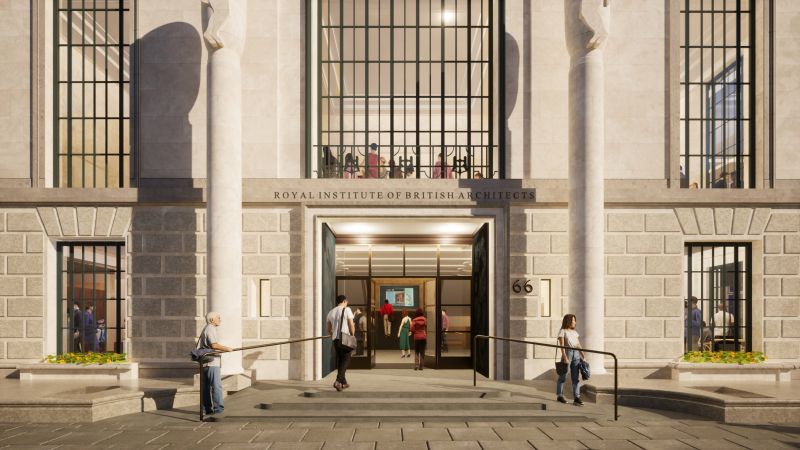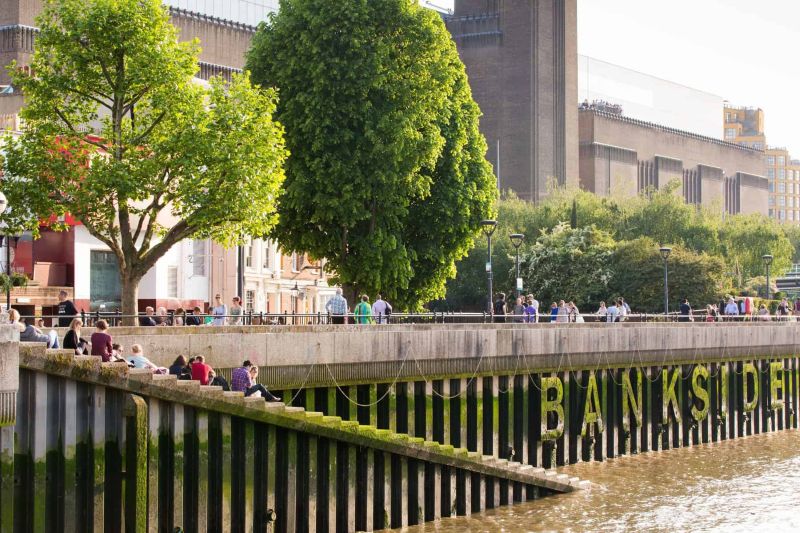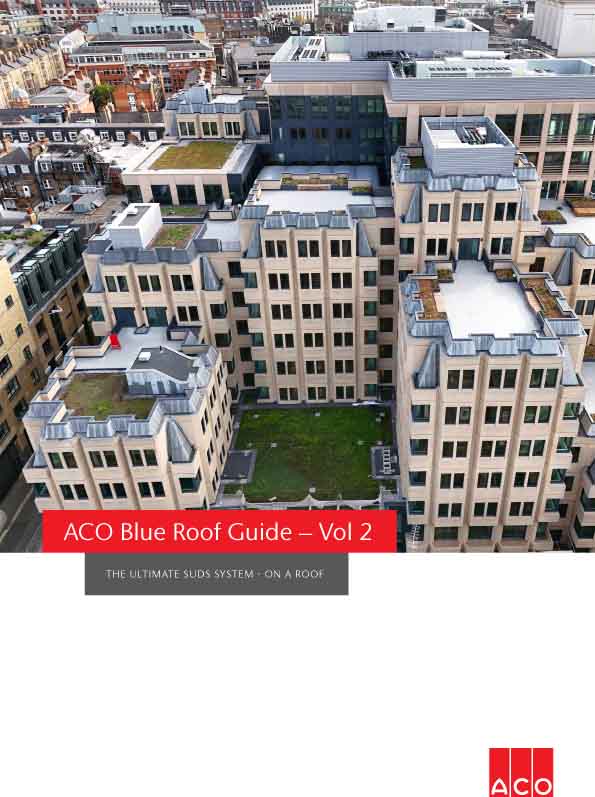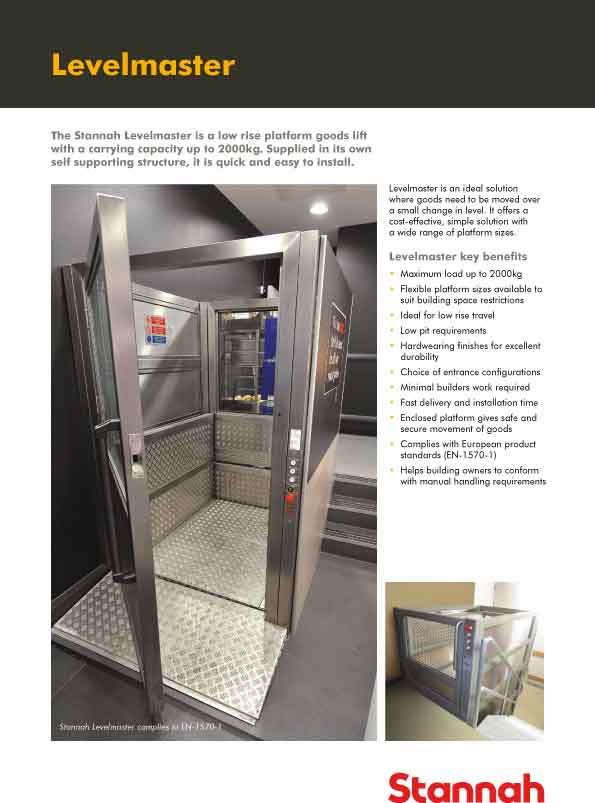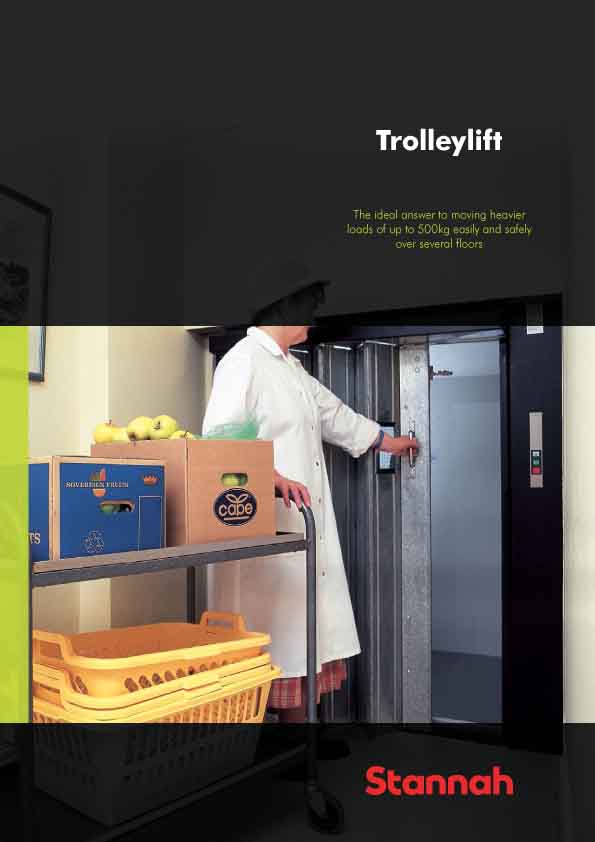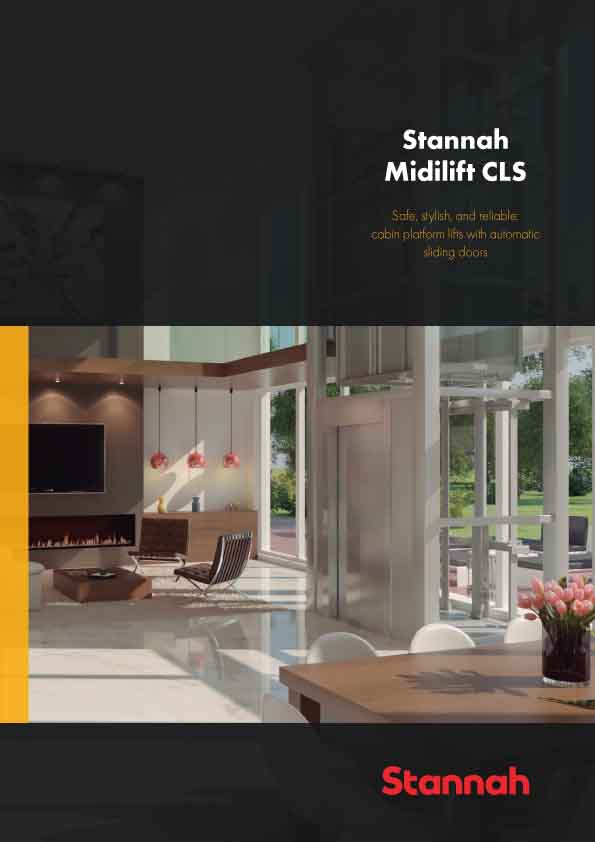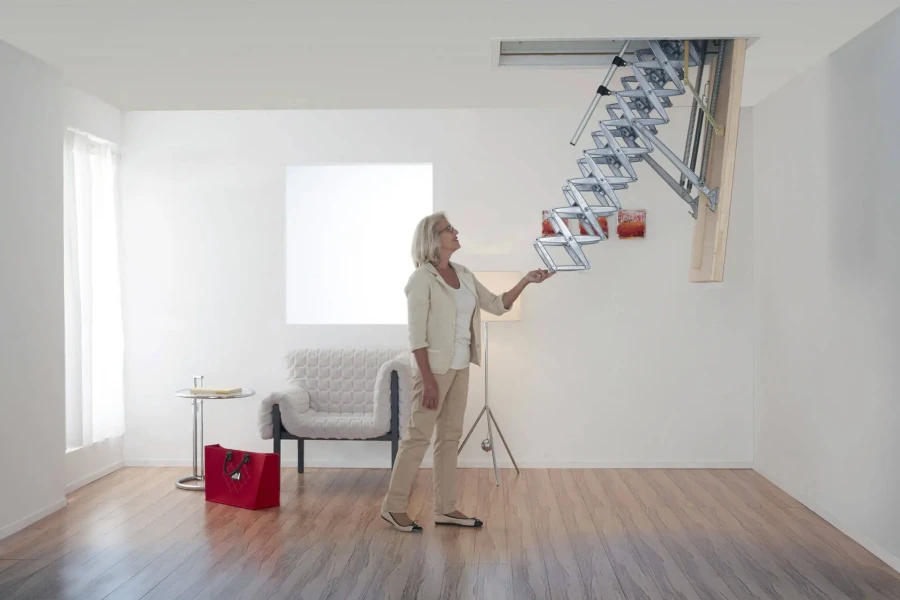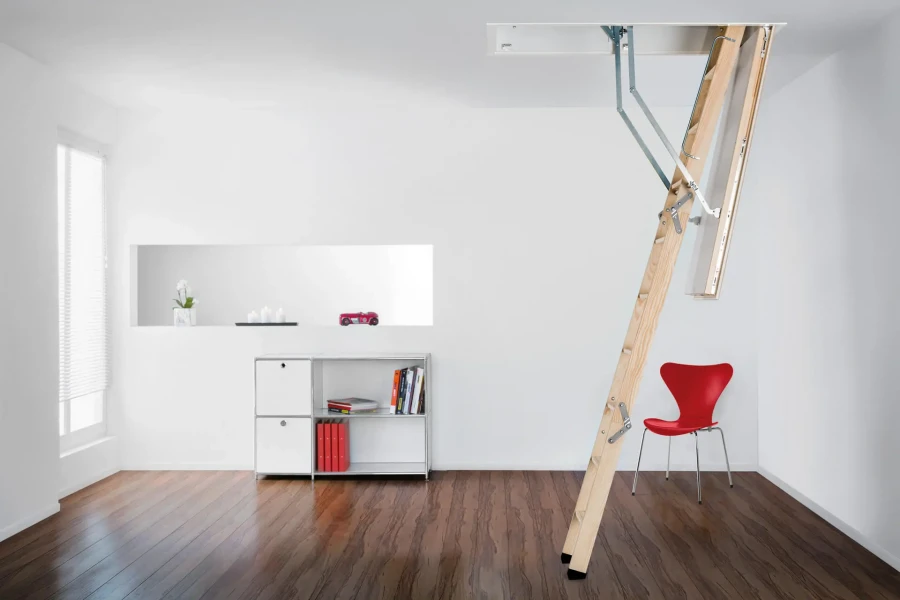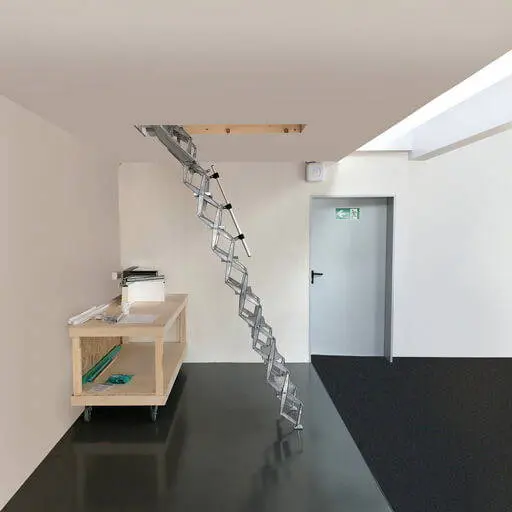The Royal Institute
of British Architects (RIBA) has published its monthly summary of business intelligence, alongside a commentary on the stand-out
trends reported by architects throughout 2019.
In 2019, Brexit
uncertainty had a significant impact on the architecture profession and the
wider construction industry.
Monthly workload
predictions were extremely volatile. In the second half of the year, as the
prospect of a no-deal Brexit grew closer, the Index fell; from a 2019 high of
+9 in June, to a negative figure for three of the final four months of the
year. In October when crashing out of the EU looked like a real possibility,
the Index stood at -10, the lowest balance score since 2011.
Architects
consistently described heightened client caution: with a reduction in project
enquiries; projects being put on hold or failing to move past early design
stages; and downward pressure on fees.

The differing levels
of optimism between practices in the north and south of the UK was another
consistent trend. Architecture practices in London and the South of England
were far less positive about their future workloads, a sentiment shared by
smaller practices, wherever they were located. Larger practices, and those in
the North of England, felt consistently more positive about securing long-term
work.
In December 2019,
the RIBA Future Trends Workload Index sat at -2 – slipping back into negative
territory for the final month of the year.
Small practices
(1-10 staff) were most negative about future workloads – returning a balance
figure of -6 – while medium (11-50 staff) and large-sized practices (51+ staff)
remained positive, returning a combined balance figure of +38.
London fell into
negative territory (dropping from zero to –18) along with the Midlands &
East Anglia who fell from -6 to -13. The South of England held steady at zero
whereas practices in Wales and the West and the North of England remained level
and positive, returning balance figures of +14.
The private housing
sector saw the biggest rise to +2 following three months in negative territory
(the longest run since 2009) and the community sector rose slightly to -3. The
commercial and public sectors both remained negative, falling back one point
each to -5 and -4.
The RIBA Future
Trends Staffing Index remained steady, with a balance figure of +2 in December
and the anticipated demand for temporary staff in the next three months
increased to +2. 22 per cent of practices said they were personally
under-employed in the last month, due to a lack of work.
RIBA Head of
Economic Research and Analysis, Adrian Malleson, said the 2019 Future Trends
data consistently emphasised the impact of Brexit and political uncertainty on
the construction industry.
"Reports of
postponed projects, downward pressure on professional fees and skills shortages
were prevalent, alongside a reluctance from clients to invest in building
projects," he explained.
"Larger
practices and those in the North of England tended to be more optimistic,
suggesting a shift in the focus of activity away from London and the South in
2019. It was also a year which saw an increase in larger firms looking beyond
the UK for work.
"After an
extended period of volatility, and with a new government in place and more
clarity on plans to leave the EU, there are glimmers of growing confidence in
the profession, with some practices starting to report an increase in
enquiries. Our Chartered Practices are resilient and adaptable to challenge. We
look forward to presenting their predictions over the coming months.”








